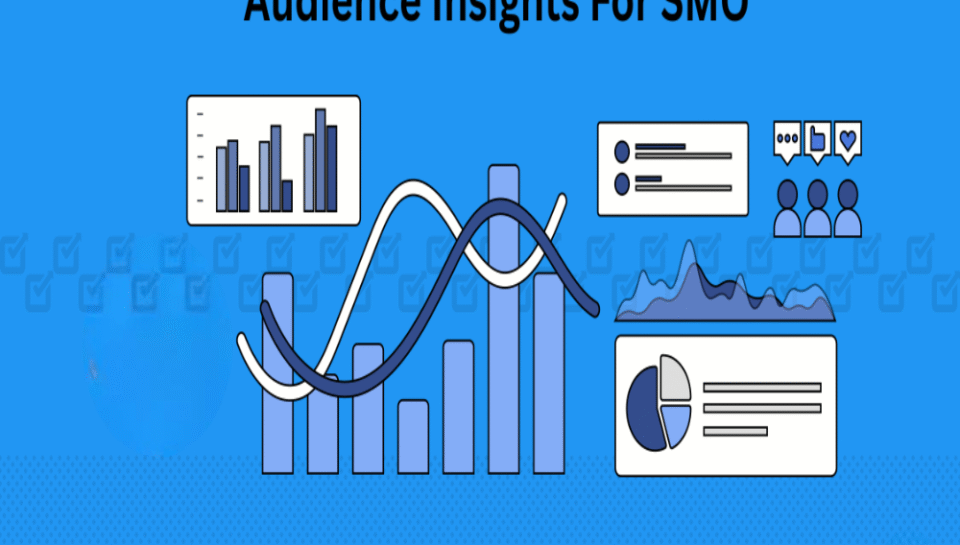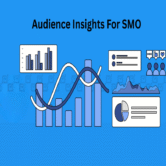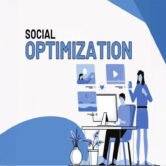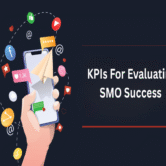
Introduction to using audience insights for SMO
Introduction
Social media optimization (SMO) is most effective when driven by data, not guesswork. One of the most valuable data sources for optimizing social content, strategy, and timing is audience insights. Audience insights refer to detailed information about the demographics, interests, behaviors, and engagement patterns of your followers and target viewers. When used strategically, these insights can enhance relevance, boost engagement, and ensure that social content aligns closely with what your audience wants and needs. In a competitive digital environment, understanding and applying audience insights is essential for building stronger connections and achieving measurable success in SMO efforts.
Understanding the scope of audience insights
Audience insights go beyond surface-level information. They include age, gender, location, and language, as well as deeper behavioral patterns such as device usage, peak activity times, content preferences, and interaction types. Insights can be collected from native analytics tools on platforms like Instagram, Facebook, LinkedIn, and YouTube, as well as third-party tools. These data points create a full picture of who your audience is and how they engage with your content.
Segmenting your audience for relevance
Segmentation involves dividing your audience into smaller groups based on shared traits or behaviors. By segmenting audiences—such as new followers, frequent engagers, or specific geographic locations—you can tailor content that is more relevant to each group. This targeted approach increases personalization and effectiveness, ensuring your messaging speaks directly to the interests of different segments, leading to higher engagement and conversion rates.
Identifying top-performing content by audience group
Analyzing which types of content perform best for different audience groups allows for smarter content planning. For example, younger followers might respond better to reels and memes, while professionals may prefer carousel posts and industry insights. Identifying content formats that perform well among specific segments helps replicate success and refine future content strategies, increasing the likelihood of engagement and sharing.
Determining optimal posting times
Audience insights often include data on when your followers are most active. Posting when your audience is online increases visibility and the chance of interaction. These timing insights differ by platform and audience segment, so reviewing each channel’s analytics separately is key. Scheduling posts during peak engagement periods enhances organic reach and signals relevance to platform algorithms.
Refining tone, language, and style
Audience demographics and preferences should inform the tone and language of your content. A younger, casual audience may respond to humor and slang, while a professional B2B audience may prefer a formal tone. Insights into education level, job title, or content interaction behavior help shape messaging that feels familiar and authentic, improving audience connection and content relatability.
Personalizing campaigns for better engagement
Personalization increases user trust and response. Using insights to tailor campaign elements—such as CTAs, offers, or visuals—can improve engagement and click-through rates. For example, if a specific segment frequently interacts with product demos, offering exclusive previews or tutorials can enhance relevance. Data-backed personalization leads to more targeted storytelling and better SMO outcomes.
Discovering new content opportunities
Audience insights can highlight trending topics, unanswered questions, or content gaps. For instance, if users frequently search or engage with a certain theme you rarely cover, that represents an opportunity. These insights can inspire blog topics, video series, or interactive posts that directly serve audience interests. Staying ahead of audience demand makes your brand a go-to source for valuable content.
Improving ad targeting and paid campaigns
Paid social campaigns benefit greatly from audience insights. Detailed knowledge of demographics and behaviors allows for more precise ad targeting and budget allocation. Instead of broad campaigns, advertisers can create highly tailored ad sets that align with known audience characteristics, improving ad relevance and reducing costs. Lookalike audiences can also be built from high-performing segments to expand reach effectively.
Monitoring sentiment and feedback
Sentiment analysis tools and manual comment review provide insight into how your audience feels about your content and brand. Positive feedback indicates successful content alignment, while negative comments reveal areas for improvement. These insights guide content refinement, crisis management, and customer relationship strategies, all of which are crucial to maintaining a strong and trusted social presence.
Aligning content strategy with business goals
Audience insights should be used not only to inform content style but also to ensure alignment with broader business objectives. If the goal is to increase product awareness in a specific region, geo-targeted insights help prioritize content distribution and promotion. If engagement is the focus, identifying active segments helps concentrate efforts on those most likely to interact and share.
Conclusion
Using audience insights for SMO turns data into direction. By understanding who your audience is, what they care about, and how they interact with your content, you can make smarter decisions that elevate every aspect of your social media strategy. From timing and tone to format and personalization, insights empower brands to connect with their audiences more meaningfully and effectively. In the world of SMO, relevance is power—and relevance begins with knowing your audience.
Hashtags
#audienceinsights #socialmediaoptimization #SMOstrategy #socialanalytics #socialmediametrics #targetaudience #datafirstmarketing #contentpersonalization #audiencesegmentation #socialmediatargeting #userbehavior #digitalinsights #engagementstrategy #socialperformance #audiencedata #campaignoptimization #socialtiming #contentstrategy #platformanalytics #socialintelligence #socialmediasuccess #SMOmetrics #socialgrowth #audienceresearch #marketingwithdata





